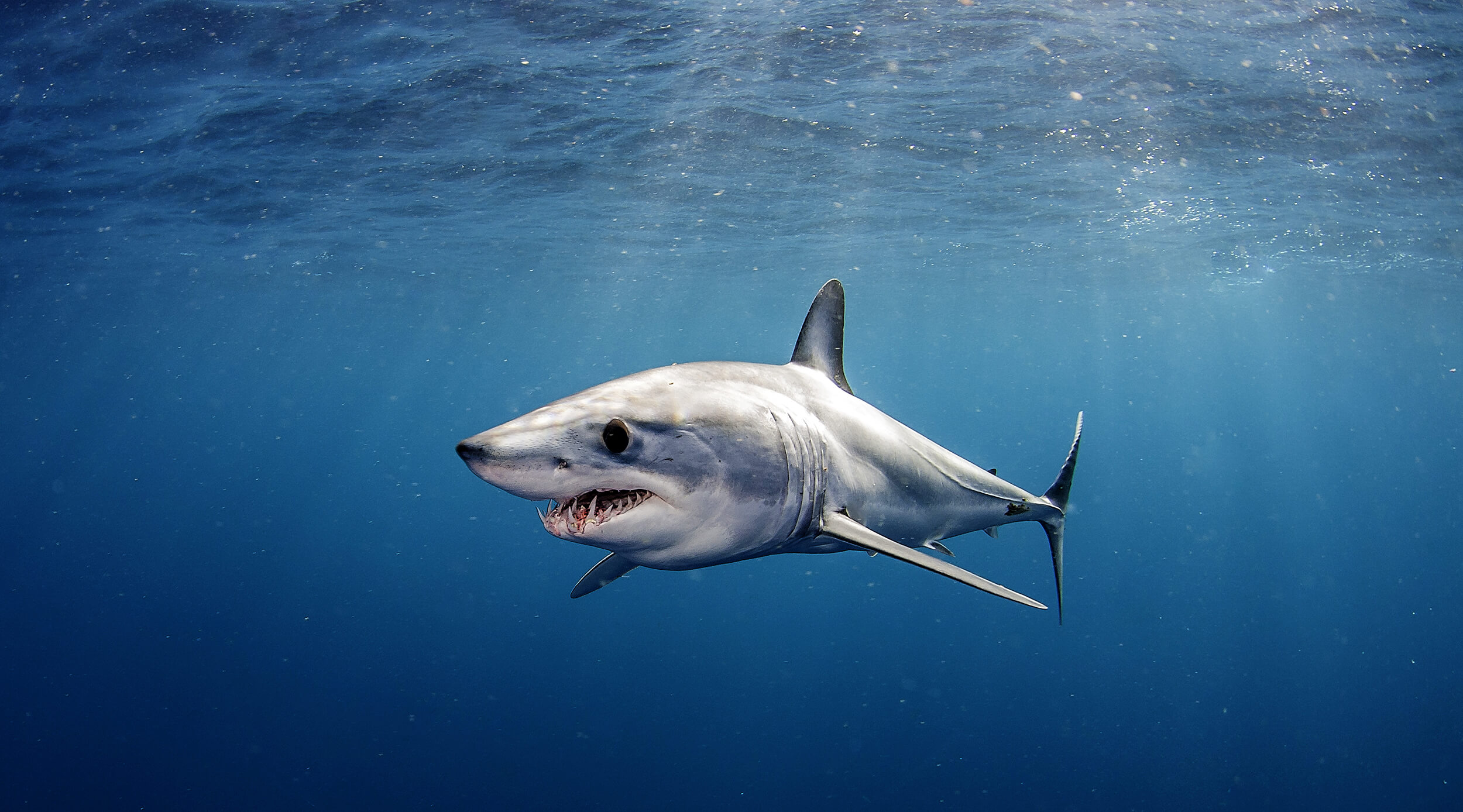Famed wildlife photographer Amos Nachoum donated a print of this award-winning image to the Shark Research Institute's Winter Auction to raise funds for shark conservation.
Read MoreA short post today to tell you about the long residency of an individual whale shark at the Ningaloo Reef feeding aggregation in Western Australia; Stumpy
Read MoreFor many years it was believed that there was a single species of manta ray distributed globally in the oceans, Manta birostris, the Giant manta ray.
Read MoreRead the full statement translated from the original Japanese.
Read MoreWell, CITES is over....all shark and ray proposals were ratified without challenge.
Read MoreIn a packed conference room yesterday, the CITES membership voted to continue to protect the African elephant and limit future trade in elephant ivory, but voting failed to move all remaining elephant populations to CITES Appendix I.
Read MoreLive from CITES CoP17, 10-3-16 CITES voted today on proposals to list silky sharks, all three species of thresher sharks and all nine species of mobula rays on Appendix II.
Read MoreThis morning saw a highly contentious nearly two hour discussion of CITES Proposal #19, to move African grey parrots from the limited trade protection of Appendix II, to the full trade ban of Appendix I.
Read MoreSRI wanted to share this excellent opinion from José Truda Palazzo from the NGO Divers for Sharks, which was intended to remind delegates that the goal of CITES is to protect species by regulating trade, not to protect trade by the manner in which species are regulated.
Read MoreAfter much discussion, voting at the CITES conference today opposed the downlisting of Peregrine falcons from the stringent regulation of Appendix I to Appendix II, which allows limited trade in the species.
Read MoreYesterday evening saw a standing-room only presentation on how sharks can provide an ecotourism base that lifts rural communities in developing countries out of poverty, strengthens conservation within those communities, and instills resilience even in the face of natural disasters.
Read MoreThe CITES membership today overwhelmingly passed Proposals #9-12 which give increased Appendix I protection to all species of Asian and African pangolins.
Read MoreThe Manta Trust booth was set up with full virtual reality video capabilities. Note in the photo, Shark Research Institute Executive Director Marie Levine, “diving” with mantas using a VR headset!
Read MoreSRI Director Marie Levine and I are in Johannesburg, South Africa at CoP17 (The 17th meeting of member nations of the Convention on International Trade in Endangered Species of Flora and Fauna, a.k.a. CITES).
Read MoreFor the past six months I have been living with Shark Callers on the tropical island of New Ireland, five hundred miles east of mainland Papua New Guinea.
Read MoreThe genus Mollisquama describes a group of animals known as pocket sharks, so named for a small opening - the “pocket gland” - that lies just above the pectoral fins.
Read MoreLittle is known about the mechanisms that underlie clasper development in males, but not in females, though it has been thought that reproductive hormones must play a role in this sex-specific trait.
Read MoreI have long been interested in sperm storage in a variety of species, a technique that allows female animals to separate mating and gestation. There is evidence for sperm storage in animals ranging from insects to mammals.
Read MoreDr. Moustafa Fouda is Egypt’s Scientific Authority on sharks and his country’s delegate to UN treaty organizations. He is an eloquent spokesman for sharks at CITES and CMS.
Read MoreCMS (also known as the Bonn Convention) is an intergovernmental treaty under the United Nations Environment Program that entered into force in 1983. Its objective is the conservation of terrestrial, avian and marine migratory species throughout their ranges.
Read More




















